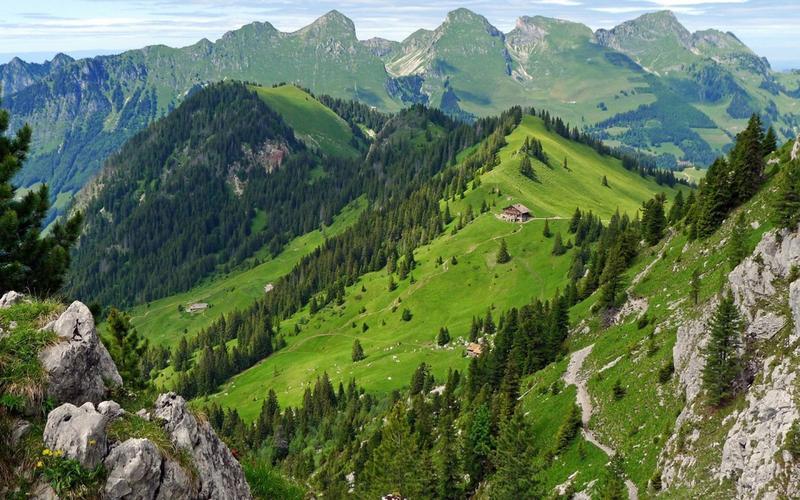Preserving the Integrity of Traditional Cultural Landscapes
Traditional cultural landscapes are sacred spaces that are deeply rooted in history, culture, and the natural environment. They represent the interrelatedness of human beings with the land, which has been shaped by cultural practices over centuries. These landscapes embody the relationship between people and nature, and are an essential part of our living cultural heritage.
However, traditional cultural landscapes are under threat due to a variety of factors, including climate change, urbanization, industrialization, and economic development. These factors have led to the degradation and destruction of traditional cultural landscapes, which has had profound impacts on the social, economic, and environmental well-being of communities around the world.
Preserving the integrity of traditional cultural landscapes is a complex and multifaceted process that requires the active participation of communities, policymakers, and researchers. It requires a combination of efforts at the local, national, and international levels to address the myriad challenges facing traditional cultural landscapes.
One of the key strategies for preserving traditional cultural landscapes is the use of traditional knowledge and practices. This knowledge is based on generations of experience and observation, and is rooted in the intimate relationship between people and the land. By incorporating traditional knowledge into conservation efforts, we can ensure the sustainability of traditional cultural landscapes and support the continued use of traditional practices.
Another important strategy for preserving traditional cultural landscapes is the development of policies and regulations that prioritize their protection. This may include the establishment of protected areas, the development of zoning plans, and the implementation of regulatory frameworks that support sustainable land use practices.
Community engagement is also critical to preserving traditional cultural landscapes, as it ensures that conservation efforts are informed by local perspectives and priorities. This includes providing opportunities for local communities to participate in conservation efforts, as well as facilitating dialogue between different stakeholders to ensure that traditional cultural landscapes are protected in a manner that is respectful and inclusive.
Finally, research is a critical component of preserving traditional cultural landscapes. By documenting and studying traditional practices, we can gain a deeper understanding of the complex relationship between people and the land. This research can inform conservation efforts, support the development of policies and regulations, and identify areas where additional efforts are needed to protect traditional cultural landscapes.
In conclusion, preserving the integrity of traditional cultural landscapes is a critical task that requires a comprehensive and collaborative approach. By incorporating traditional knowledge, developing policies and regulations, engaging local communities, and conducting research, we can protect these sacred spaces and ensure they remain an essential part of our living cultural heritage for generations to come.
(Note: Do you have knowledge or insights to share? Unlock new opportunities and expand your reach by joining our authors team. Click Registration to join us and share your expertise with our readers.)
Speech tips:
Please note that any statements involving politics will not be approved.
